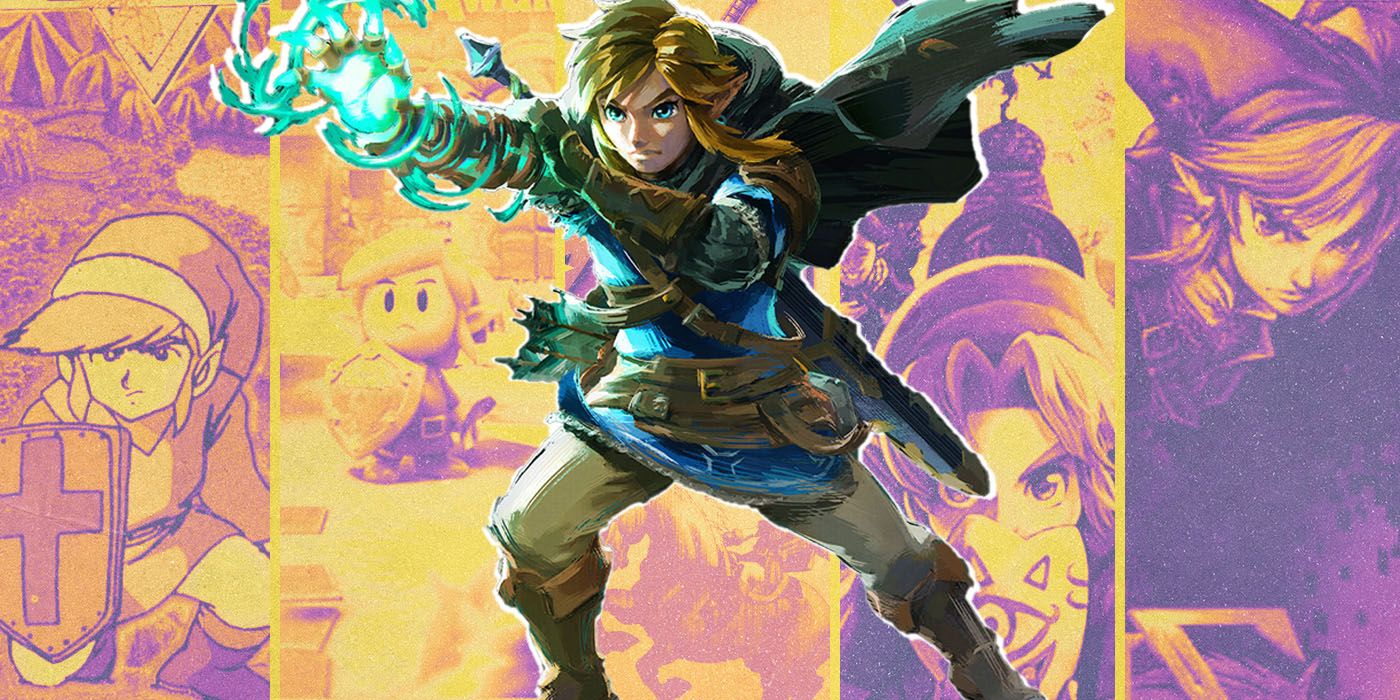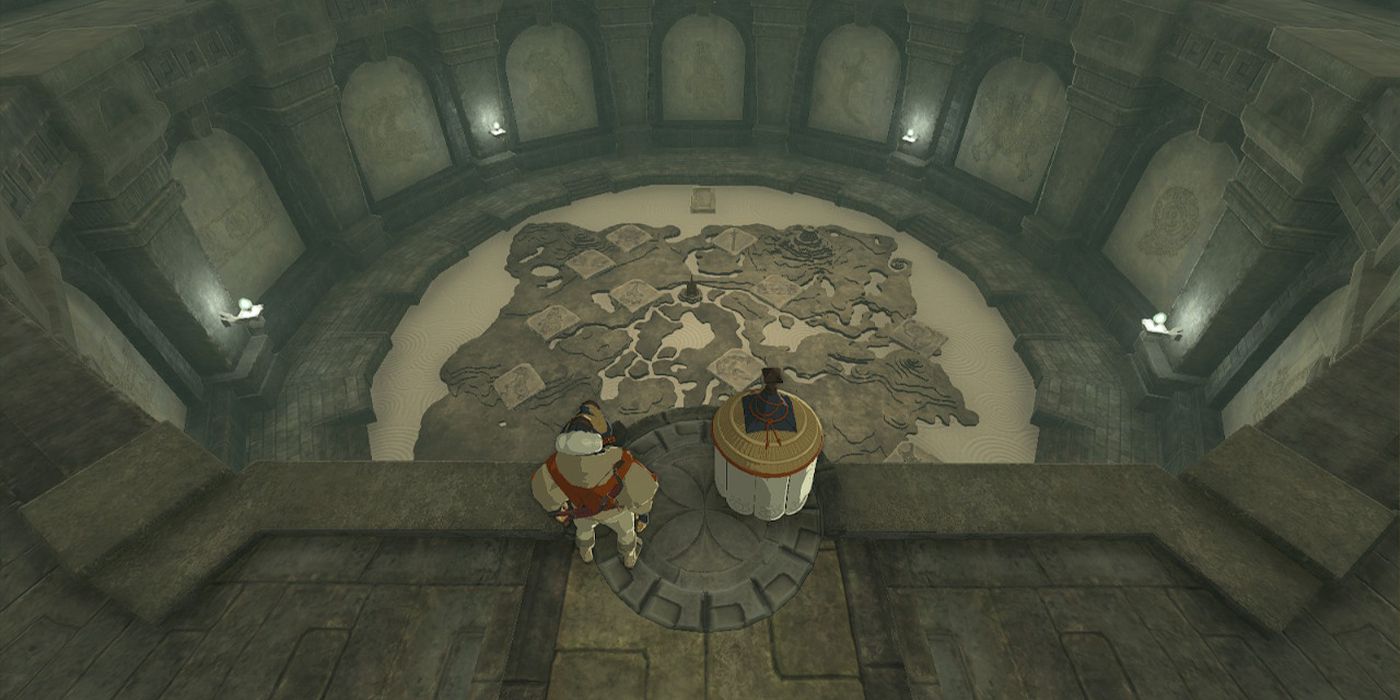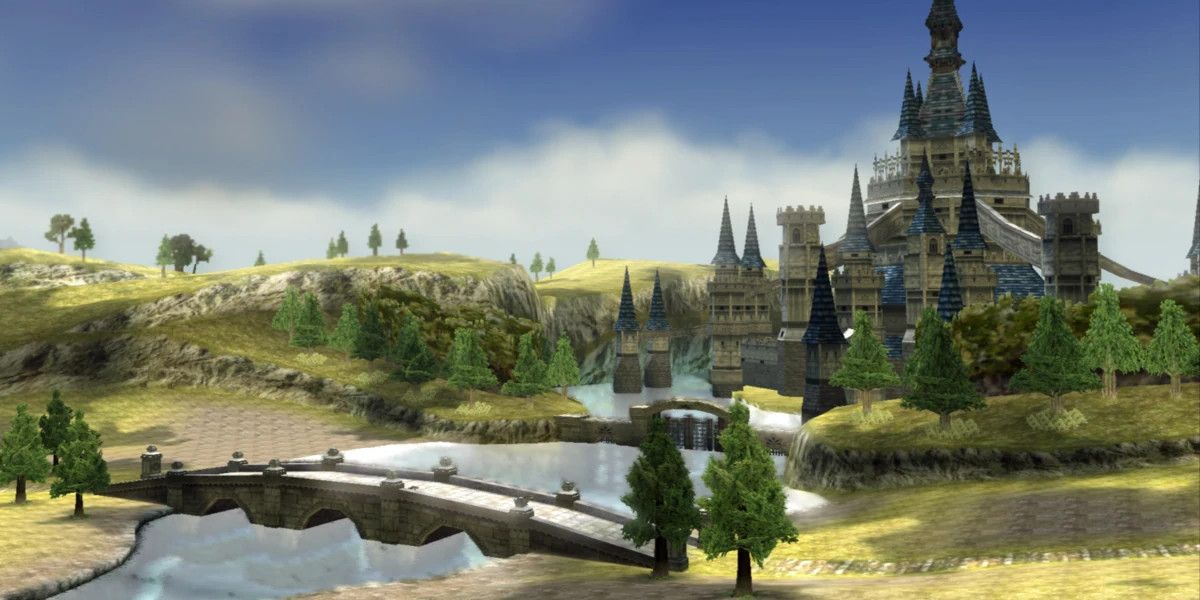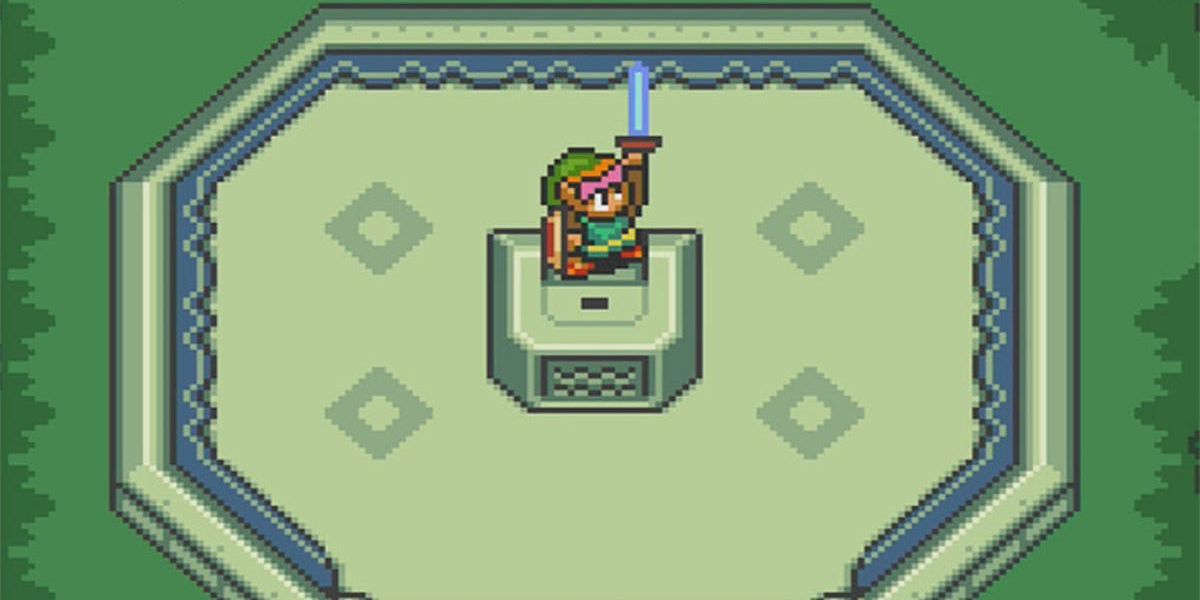Summary
- TLoZ: Breath of the Wild and TLoZ: Tears of the Kingdom showcased flaws in open-world storytelling, as each aspect of the story stands on its own with little interaction between threads.
- Tears of the Kingdom follows a more linear storytelling approach, with players encouraged to seek out geoglyph memories in a specific order to fully understand the story.
- Size isn't necessarily as important as density in an open-world game, and the excessive focus on collecting Korok seeds can detract from the true essence of a Zelda game.
- TLoZ's next game world should prioritize storytelling and reconnect with the series' identity.
Breath of the Wild and Tears of the Kingdom have brought needed change to The Legend of Zelda franchise, but now that their chapter in the series is finished, the next Zelda should take the series in a new direction. An open world does not always mean a better or more engaging world, and some of the flaws in Tears of the Kingdom showcased those issues. As the Zelda franchise has become more concerned with telling a good story alongside their gameplay, the games' worlds have had to adjust to tell those stories. The environments are shaped to match the advice NPCs give, and bosses are placed in logical areas.
The problem with telling a story in an open-world game is that, for it to truly be an open-world experience, the story must exist in a nonlinear fashion. Each facet of the story must stand on its own. In Breath of the Wild and Tears of the Kingdom, this is typically accomplished by sequestering each thread of the story to its own quest line. They are quarantined in some sense, and they have little interaction with one another. It's in this lack of interaction that the weaknesses of these stories become apparent.
Tears of the Kingdom Tells a More Linear Story
One way that Tears of the Kingdom and Breath of the Wild really differ is in their approach to storytelling. Breath of the Wild's memories, which can be viewed in any order, encourage players to seek them out organically. Finding all the memories unlocks a final memory, at which point the player unlocks the game's "true" ending. The difference between this true ending and the standard ending is negligible at best, though it does provide some incentive to unlock as much content as possible before confronting Calamity Ganon.
In Tears of the Kingdom, the comparable quest line is The Dragon's Tears, in which the player must locate geoglyphs all over the game map in order to watch cutscenes of Zelda's life in an ancient Hyrule. Unlike Breath of the Wild, the player is highly encouraged to seek these out in a specific order, and even players who like to find secrets without walkthroughs are given a geoglyph map in the form of a location that reveals the locations of each tear and what order they should be viewed in.
While these memories can be viewed out of order, doing so makes them make much less sense than Breath of the Wild's, and the player is highly encouraged to find all of them not for completion's sake, but to advance an important part of the Master Sword quest. It's possible to find the Master Sword and beat the game without watching these memories, but a large chunk of the story—including what is arguably its most emotional moment—is found in these geoglyph memories.
This is fine on paper, but in practice, it leads to players discovering what happened to Princess Zelda, then completing one of the Regional Phenomena quests and watching as one of the Sages wonders what happened to Princess Zelda. It leads to a moment of friction where the player knows what happened, and ostensibly Link does too, but because the story is occurring out of order, nothing can be done about it. This is where Tears of the Kingdom's story fails: in reaching to tell a deeper, more interesting story, it follows an arc, and that arc can be broken by the player.
An Open World Isn't Always a Better World
A game world can be expansive and interesting without being an open world. Technology has reached a point where it's possible to make a world that's too large to be worth exploring, and size isn't necessarily as important as density. Once every quest is completed, every shrine discovered, every memory watched, every boss defeated, and every armor set unlocked and fully upgraded, there's still one thing left: Korok seeds. Korok seeds represent a divisive point in Zelda's open-world designs, in that they are largely fluff puzzles meant to fill the world with something to do. They are a collectible to tick off a very long list, and at the end of the day, very few players will discover them all without a walkthrough.
Of course, Korok seeds don't kill the experience, especially since they aren't mandatory, but they represent a problem with open worlds: something must be done with all the space. The world must be large for a reason; there have to be things to find or do. What if, instead of Korok seeds, players unlocked their inventory spaces through a series of quests involving Hestu, quests that gradually told the player more about Koroks as a species, or about why Hetsu stands out so thoroughly among them? If the size of the world was replaced with storytelling, it would give the game a larger chance to reconnect with its identity as a Zelda game. Where is the Triforce? Where are the goddesses of Tears of the Kingdom? They are lost somewhere in an ever-growing world, lost in the pursuit of a nonlinear experience.
The Zelda Identity Is Lost in the Open World Design
For fans of the traditional 2D or even 3D Zelda games, Breath of the Wild and Tears of the Kingdom have little in common with what likely drew them to the franchise. Zelda as an experience has always been the dungeons, the tools collected over time, solving puzzles, finding secrets—a slow power creep over time that leaves the player ready to banish evil. Zelda found a lot of its identity in its game world, and while Breath of the Wild and Tears of the Kingdom found their own niche, they're in a world that's so expansive that it's difficult to parse out that Zelda identity. It's still there in the shining moments of the game, like when the player sees the Light Dragon fly by after fully understanding its nature, but that depth can be lost just as easily when the game's story doubles back on itself to account for players seeing scenes out of order.
Given how traditional Skyward Sword was, it makes sense that the developers pivoted in the opposite direction for the following games, but now that those games have done so well, it's left fans wondering if the traditional Zelda genre is lost forever. Players have a lot of choices when it comes to finding a good open-world game, but finding a game like Zelda was something rare and special. Some players haven't outgrown the original formula, and if the next Zelda combined the density of older Zelda games with the expansiveness of newer ones, it could create an experience just as memorable as leaving the Shrine of Resurrection for the first time in Breath of the Wild.
The Zelda games are beloved for a reason, and it would be a shame to see the series' roots melt in the wake of the open-world style's recent success. There are pros and cons to either style of Zelda game, and hopefully, future titles will consider combining those things rather than throwing out the classic Zelda style. Whether a player prefers shrines or dungeons, Zonai tech, or the classic hookshot, the Zelda experience has always been about getting lost in the world, helping a soul in need along the way, and conquering the darkness in the world. They are games that challenge players to seek a more hopeful tomorrow, and to be the kindness others seek in the world.




